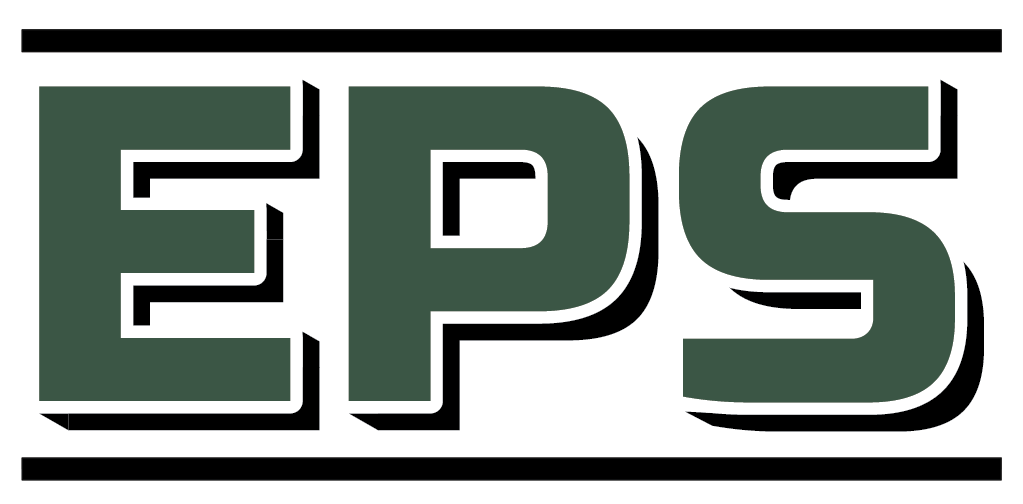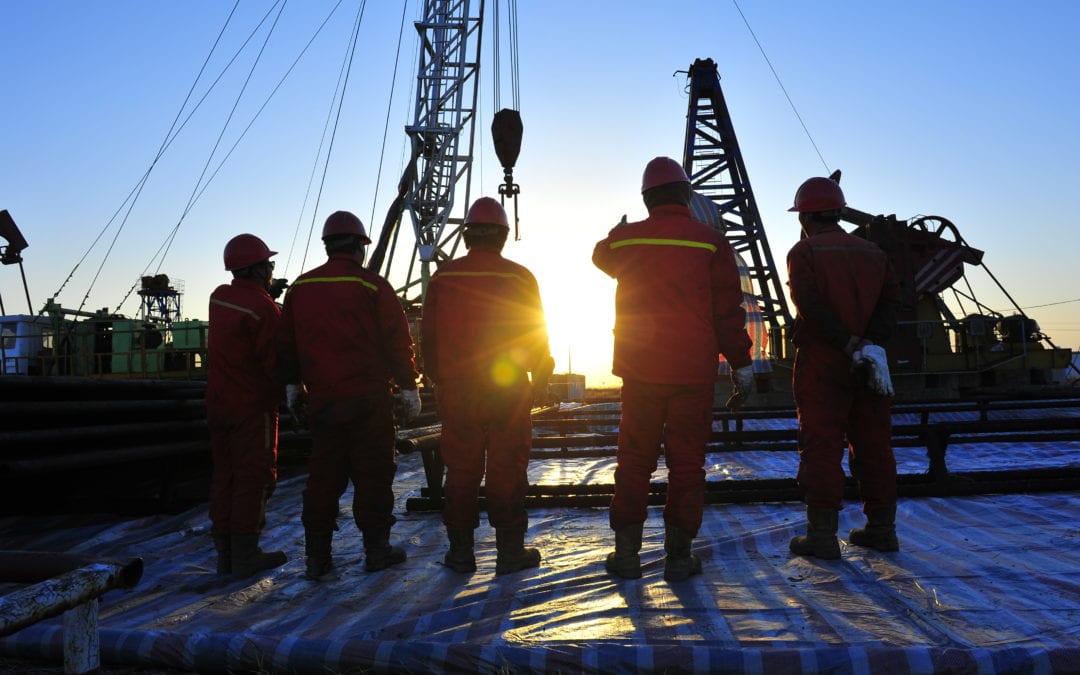Workplace safety and environmental responsibility may seem like two separate issues on the surface, but they are undeniably linked throughout the planning, implementation and evaluation stages. Both of these objectives can only be achieved when a company creates a strong culture that emphasizes these values and takes active measures to achieve them. Rather than viewing environmental and safety responsibilities as a burden, company leaders should approach it as an opportunity to improve core processes and take steps towards greater operational efficiency.
Connecting Safety and Environmental Goals
Many types of incidents that jeopardize the health of workers could also threaten the local environment. Risk of fire or explosion can cause fatal injuries in the immediate vicinity and lead to long-term contamination of water, soil and air. Essentially, mitigating unnecessary risk and preparing for unavoidable occupational hazards helps preserve the well-being of both workers and the environment.
Rather than considering the regulatory requirements and risk management tactics of these two issues separately, combining them into a single program of workplace responsibility can make it easier to address bigger issues. At Expeditors & Production Services (EPS), we prioritize both of these issues in all of our training, leadership and other personnel services. Our staff members understand that working in a safe and environmentally-responsible way is the only way to achieve stability and sustainability.
Building a Responsible Workplace Culture
Cultural development can be one of the biggest challenges any company faces, and it’s particularly difficult for those with distant locations and wide range of staff requirements. For companies in the energy industry, cultural values should revolve around both safety and environmental responsibility. Safety culture requires participation from everyone in the organization, from new rig crew members to seasoned executives.
Establishing this level of cohesion is only possible by establishing sound policies, cultivating leadership talent and propagating core values through training or other types of professional development. Companies also need to think about the needs of their employees and find ways to engage them in the process. Empowering staff to take control of their own safety and addressing their active concerns encourages full cultural participation.
Facilitate Communication and Reporting
Communication is the essence of company culture and is also a crucial element in maintaining a safe, responsible work environment. All staff members should have access to channels that allow them to report activities or procedures that they believe are unsafe. Inappropriate workplace conduct, lack of teamwork or other employee behaviors that create dangerous situations need to be reported and addressed promptly. Likewise, employees should also feel comfortable voicing their concerns about stress, exhaustion or other health conditions that could place others at risk.
Integrating Expert Personnel to Build Cultural Values
We know that many companies struggle to build and manage all aspects of their internal culture, especially as they relate to safety and site management. That’s why EPS encourages our clients to use our personnel and staff development services to reinforce their efforts. Our expert team members are already well-versed in appropriate workplace practices, including our stated safety principles.
Our consultants and professional advisers also help guide our customers towards unified and integrated strategies for addressing occupational and environmental hazards at all of their facilities. Cultural development never happens overnight, but bringing in a little outside help can provide much-needed structure and experience to the effort.

